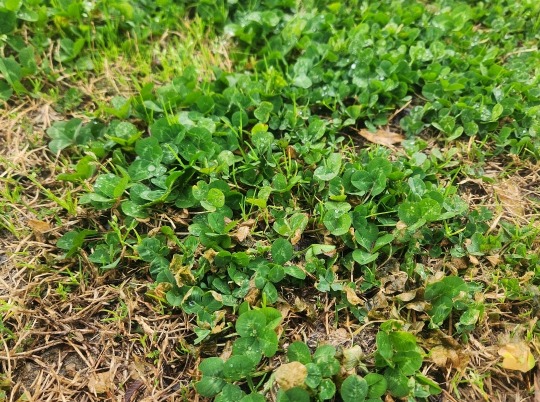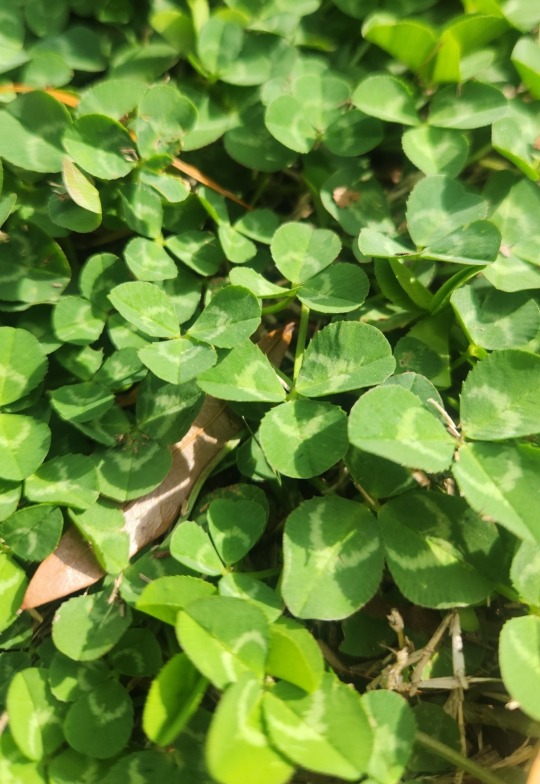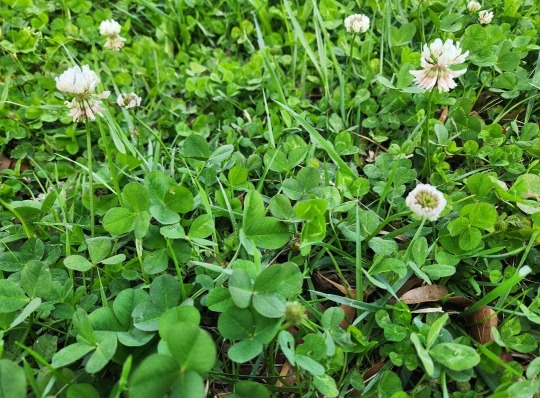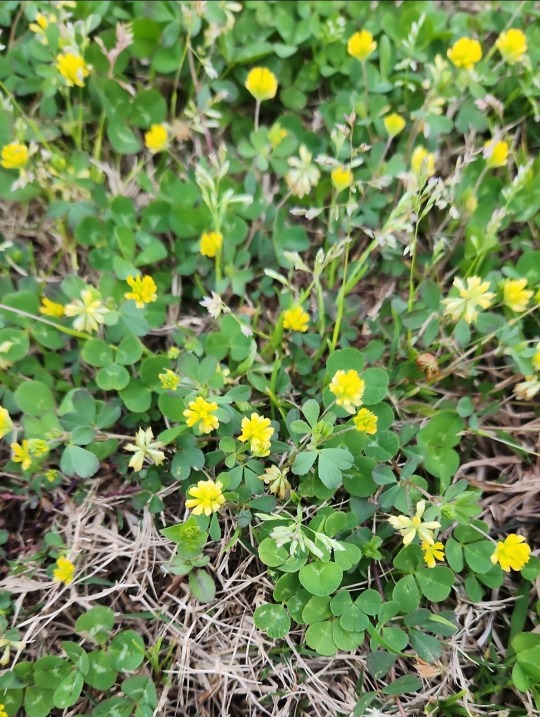#Chelys chatter
Text



Hey! I was splashing around in one of the lakes south of my pond when this weird bird landed on the water. Its face was so warty and pink I thought it was sick!
I quickly ran to get Galen. Since they like reading about medicine, maybe they knew how to help. When we got back, the warty animal was hanging out with two new ducks across the pond.
I was sure that bird was going to infect the others, so I needed to swim to grab the weird bird. But, just as I jumped off the pier, Galen grabbed me by the shell.
They explained the warty one wasn't sick. It's actually called a Muscovy duck, or Cairina moschata. This one is most likely a domesticated one, as wild Muscovy ducks are typically much darker.
Wild and domesticated combined, Muscovy ducks have a huge range throughout the Americas, though the domesticated ones are more likely to appear where I live in the northern continent. The ducks like to perch and nest in tall trees, and males have been recorded to mate with other duck species to create sterile offspring. Female Muscovy ducks can lay between 8 and 15 eggs, and may even raise the interloper eggs of Black-bellied Whistling ducks awith their own.
Domesticated Muscovy ducks have been around for a long while, with many Indigenous nations of the Central and South America cultivating them for food and fashion. Galen even read somewhere that the Muscovy ducks were linked to the Aztec wind god, Ehecatl.
That sounds so cool! But when Galen and I tried to find other references that agreed with that claim, our library came up dry. Scientist doesn't really trust us to take trips to Central America on our own just yet, so if anyone could help us learn more about the god Ehecatl's connection to water fowl, that would be awesome!
Chelys out!
0 notes
Text
Anyway I don’t really have going out/leaving the house energy today so give me some drawing prompts pls <3
#idk what ideas you would have but if anyone wants to do an oc ask#I would love you forever#of my ocs kara and chely#I have so many big projects to work on too#that I don’t even have the energy to start#(they’re not actually big just daunting)#kestrel calls#chitter chatter#text post
4 notes
·
View notes
Text




Hey!
This morning, I measured myself against the visitor center's stone plaque, and guess what? I could see over the edge without standing on my toes! That means that I'm finally tall enough to climb the valley trees all by myself!
I ran to climb the trees in the Northern part of the forest, where Spring is coming back slowly. When I got up pretty high, I saw a deer way out in the brush. Can you find the Whitetail deer (Odocoileus virginianus) in the pic?
You can also see if deer have been traveling through an area based on the tracks they make in the dirt. The two largest prints in deer tracks are made by the two toes that correspond to the human middle and ring fingers. The tiny claws behind those large toes, called "dewclaws", correlate to the human index and pink fingers.
You can also track where deer have been by spotting patches on trees where bark has been rubbed off. That may mean that bucks have been scraping their budding antlers against trees as they grow in. Keep an eye out for any patches along the sides of tree trunks in early summer.
Also, did you know that fawns can walk in under half an hour after they're born? It took me at least a few months to walk.
Chelys, out!
1 note
·
View note
Text





I've been feeling so much better lately that Scientist let me go back to my den. Tall patches of clover have started growing everywhere, so I went on a trek to find any ones that have four leaves. While I haven't found any yet, here's what I did find out!
In the fields closest to my pond, there are two main species that I could see: white clover, with the tall white flowers; and the Lesser Hop Trefoil, with the small yellow flowers.
White clover, or Trifolium repens, is native to Europe and central Asia but not to the Americas. It is able to spread so far and quickly wherever it's planted due to its vast underground system of creeping stems called "stolons". The rooting ability of the stolons helps white clover come back every spring even when the main seeding part of the plant. White clover is also frequently used for anything from hay for livestock to erosion control in certain parts of North America.
Lesser Hop Trefoil, or Trifolium dubium, has a similar range to white clover. Its leaves are small and arranged three to stem, thus the specific name "trefoil". It can grow in dry and hot areas, and many insect pollinators and herbivores like it when fields have a variety of clover. Several small birds, mammals, and reptiles use it for cover and nesting.
In fact, many animals use both kinds of clover as a source of food. Even humans can eat its flowers, stems, and leaves as long as they're boiled for maximum digestibility. Some human cultures have medical uses for these kinds of clover.
I'm glad to be back outside! Chelys, out!
#Reserve Post#C.R. Critter Community post#Chelys chatter#Curated Reserve puppets#Nature#Creatures#Plants
0 notes
Text




It's been so cold lately that Scientist moved most of the reptilian residents into the reserve's heated information center. I want to go outside so badly! But Scientist made Elder Dylomor in charge of making sure I stay indoors. She won't let me have even one minute to myself!
But, today, I heard knocking outside the center's windows. I ran outside when Elder Dylomor wasn't looking, and found a red-bellied woodpecker! Despite having red heads and necks, red-bellied woodpeckers actually get their name from the light pink or red on their bellies seen when they're hanging upside down.
Their tongues are super sticky and have cool barbs on them, so they can eat just about anything that's stuck in small crevices, including insects, nuts, frogs, and small bird eggs. Red-bellied woodpeckers not only peck to find living food inside the wood but also the food they stored for winter. Elder Dylomor caught and dragged me inside before I could see what this woodpecker was up to, so who knows what this one was doing.
I have a little bit of a runny nose now, but no regrets!
---Chelys, out!
0 notes
Text




My friends and I spent some time enjoying the last warm-ish days of the Fall season. We even stayed up late to greet the Beaver Moon!
It's finally that time of year to start decorating and cozying up in our dens for the Winter, just like beavers do!
--Chelys out!
0 notes
Text




I wondered why leaves change colors, so I pretended to be one for a day. Galen saw me on their way from the reserve library, and we worked together to make a diagram about leaf colors in autumn!
Galen told me to tell all residents of the Northern Hemisphere to have fun this time of year.
Chelys, out!
0 notes
Text


I almost stepped on this little thing because its wings look like tree bark. When I told my friend Galen about it, they said it's probably a Red Admiral butterfly. I bet Fellowh's never even heard of a "Vanessa atlanta" before. I'm gonna go rub it in their face!
---Chelys, out!
0 notes
Text
I need to talk to people right ! Now! My brain needs like a satisfying conversation to feel good but also I’m incredibly burnt out and don’t want to look at another human person again leave me alone
#kestrel calls#text post#chitter chatter#like I spent time with friends (ig???) tonight#but i kinda felt awkward and like I was putting up an act all night#didnt get my brain in the way I would’ve wanted yk#didn’t leave feeling loved and included and seen yk#even though no one is at fault for that I’m just soft spoken and anxious yk#Idk lollll 🤪#if you made it this far in the tags feel free to ask me bout my OCs#(Kara chely x or red or any of their neighbor friends)#or the story itself that’s kind of all I care abt rn
1 note
·
View note